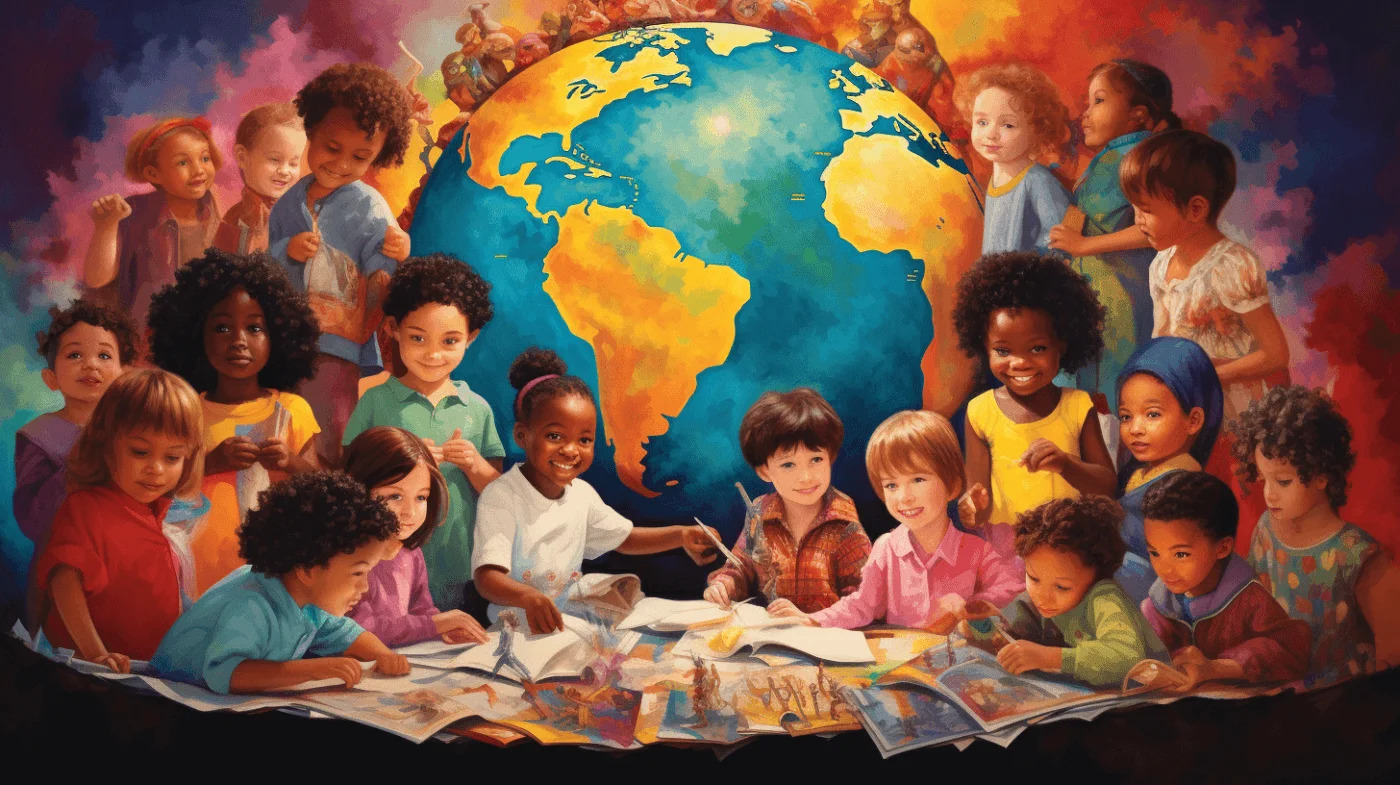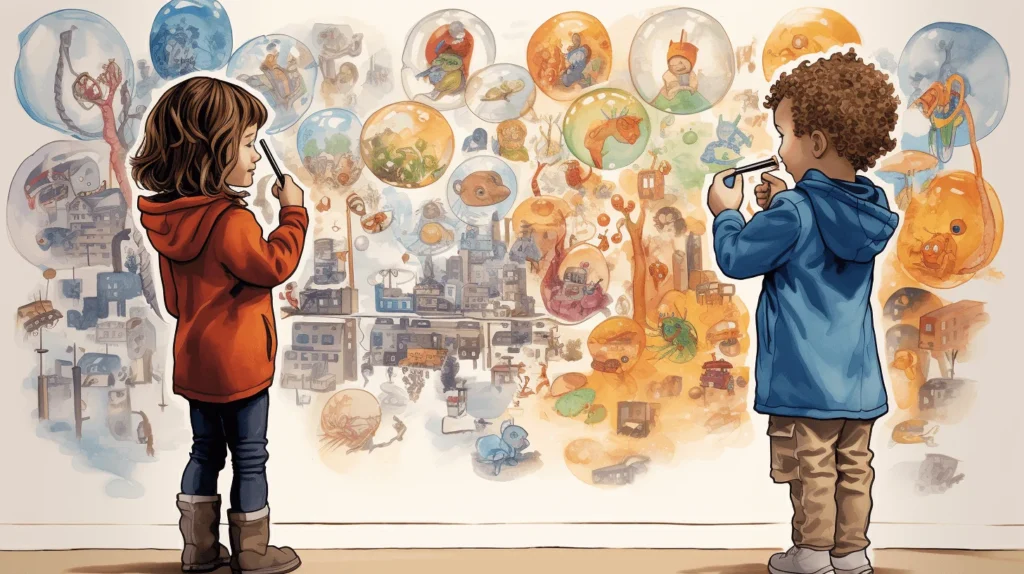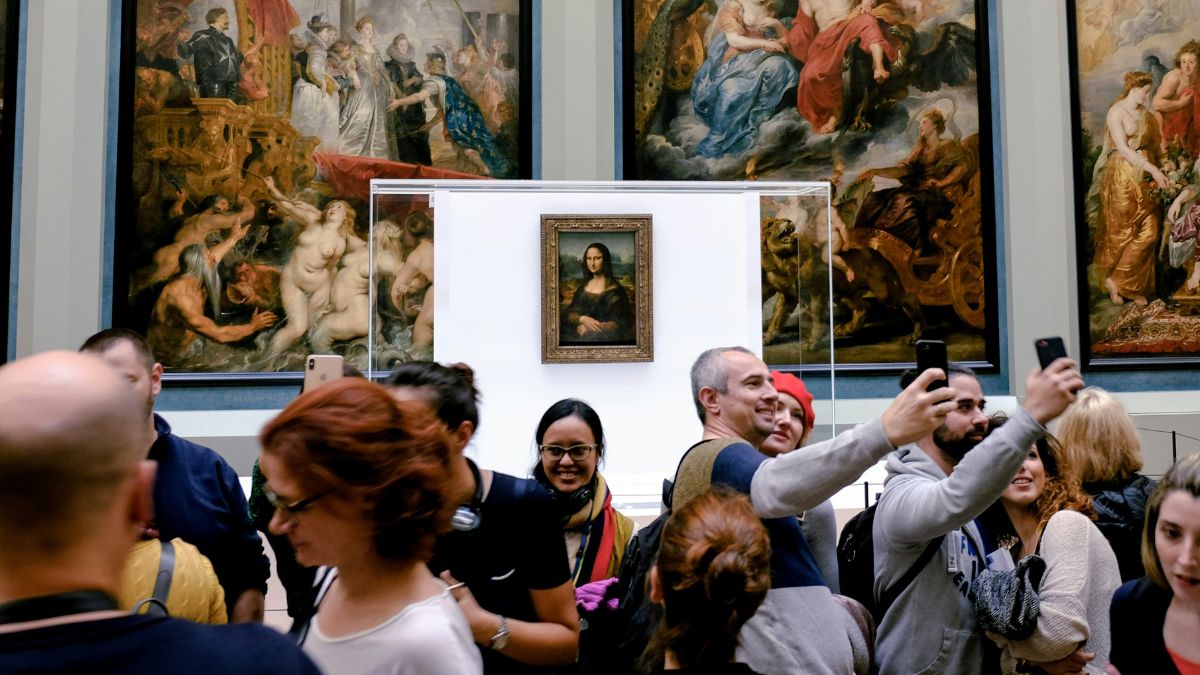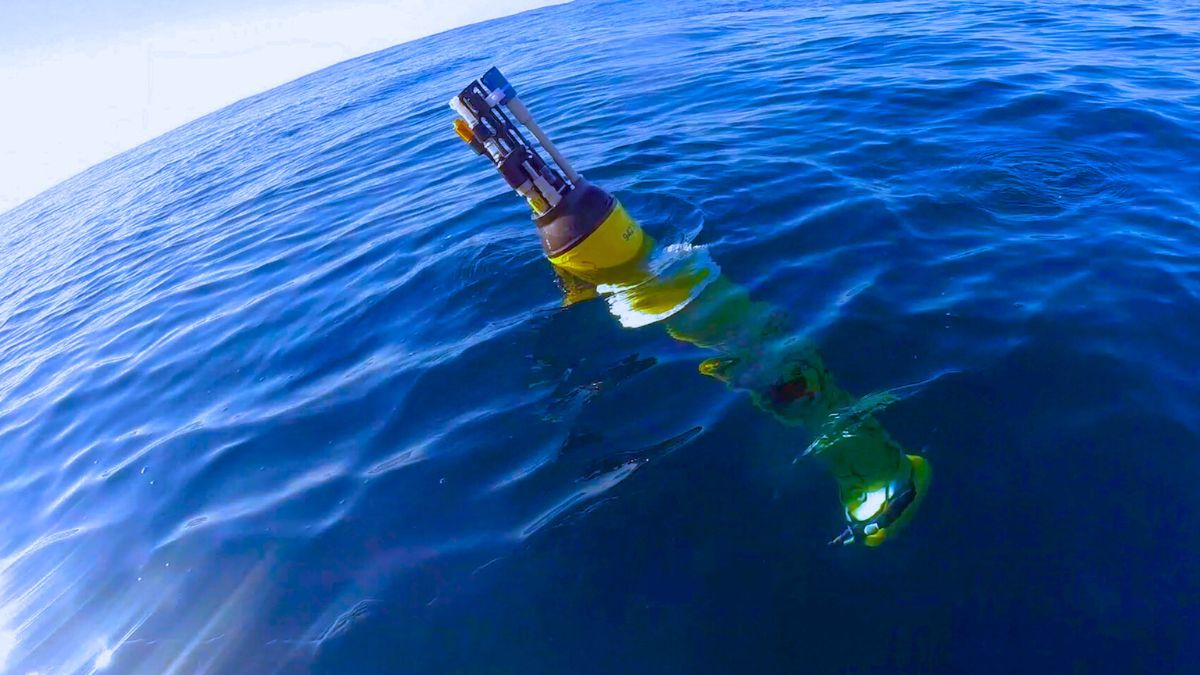Science
Mystery of the Stone of Destiny Solved? Researcher Uncovers New Facts
21 November 2025

Children perceive the world and learn in a completely different way than adults. Their brains respond to much more stimuli, and how they process information favors faster assimilation of knowledge. Over time, this all changes. The human brain mainly searches for and retains content or experiences that are known and useful for multiple uses. It makes life easier for each of us. However, it limits our creativity and innovativeness.
Children surprise us with questions or statements that we do not expect from them at all. This is because more often than adults they experience stimuli from the world around them. Such a situation is the basis of their dynamic development, and for a large part of adults, it can sometimes be annoying. However, our youngest always benefit from it. Also thanks to this they learn to make independent decisions and to take responsibility faster.
Children’s brains receive an exceptionally large number of stimuli. This is a very interesting challenge for science. The perception of the youngest has been studied, among others, by researchers from Ohio State University. In one of the experiments, they showed that little children when experiencing new things absorb a greater spectrum of information than adults. The study included children aged 4 and 5 and people over 25 years old.
The researchers presented the subjects with pictures of imaginary creatures. Specific groups were characterized by easily identifiable features such as head, tail or antennae. In addition, what the researchers did not draw the participant’s attention to, the illustrations differed in one more detail specified at the beginning of the experiment as a so-called insignificant feature. The study was to be summed up by assigning characters from different pictures to the appropriate group. However, just before the end of the experiment, the researchers announced the change and indicated the insignificant feature as crucial to making the proper division. After the change, adults generally lost their orientation of what to do. The children, on the other hand, coped with the new situation without any problems.

Manfred Spitzer, a German psychiatrist and neuroscientist, a visiting professor at Harvard University, has been pointing out for years that the adult brain is primarily an organ for picking up the rules. It can’t do it any other way. The exception is the hippocampus, which specializes in the reception of details and is geared toward getting to know general regularities. However, we do not learn them by referring to general principles, but by processing examples. That is what children do. They collect information thus creating their knowledge structures, which can be torn down and built anew when it is needed. They don’t have to adjust the data to the image proposed by someone else. They are looking for an optimal structure for themselves in the here and now. In the process of experiencing and observing, they demonstrate mobility and flexibility. Dr. Nathaniel Blanco, of Ohio State University, points out that the ability to distract attention is a kind of adaptive mechanism for children. Looking at the world around them, they gather a lot of information, try to organize it in their way, and test various variants of their use, and as a result, they learn and remember more than the average adult, who usually checks whether everything is as it was or should be.
Research conducted at Ohio State University shows that adults mostly remember the information they are looking for, and most of the other data is simply ignored. Their thinking is like doing research. The starting point here is usually the collection and organization of data and the decision on the choice of a formula of action that will allow us to solve the problem. Only then do we move on to the appropriate actions. Children act differently. They want an immediate solution. Sometimes this can be a hindrance. But it often helps to see things that adults don’t see.
The process of brain development is particularly enhanced by the so-called sensitive periods. In neurobiology, this term refers to time intervals in which specific experiences must occur to master certain skills. These phases occur during the time of the most visible development of every human being – from the prenatal period until reaching social maturity, that is, up to about 18–20 years of age. These phenomena are accompanied by particularly intense changes in the brain. It is estimated that around the age of 5-6, we have the largest number of nerve connections in the cerebral cortex.
In the case of children, there are even twice as many of them as in adults. It is one of the effects of intense exploration of the world and experiencing new impressions. Five- or six-year-olds are interested in everything. They ask questions on very different topics. Moreover, early childhood is the most intense time of occurrence of sensitive periods associated with the development of school competences. Readiness to learn to use numbers is the time between the ages of four and five. The highest potential for learning to read and write is at 4.5 to 5.5 years of age. These phases last until the age of 8 for reading and 9 for writing. Fortunately, the strengthening of these skills in children is done by teachers in kindergartens. This is probably why in many countries preschool education is common from the age of 3.
School, and in particular the so-called early adolescence (11–16 years), is another stage of development. Maturing children are increasingly beginning to ask: “What do I need it for?” They enter a period of verification of what is important to them and what can be useful to them here and now. The observed changes in the brain are essentially cutting out excess connections. Even 50% of them simply disappear. The brain runs an economical program. It chooses what is already known or what is a specific task to solve. The process lasts for most of the school education and is interesting, because in large part autonomous time of choosing what is important. This is a significant time in a young person’s life. Manfred Spitzer emphasized this in his book Learning: The Human Brain And the School for Life by writing about the remarkable endurance by which most children can patiently bear parenting and school time. Their developing brains help make independent searches for manageable knowledge.

Little children learn everything easily. Moreover, sensitive periods indicate that preparation for learning key skills related to education is worth starting long before children go to school. The period of intense reception of stimuli, however, passes over time. Although teenagers constantly emphasize that they have so-called divisibility of attention, it can be seen without research that focusing on what engages a young person at a given moment completely excludes the possibility of identifying other signals or stimuli.
For example, parents can see this when the child is engrossed in a computer game and the drivers when a young man enters the road staring at the same time at the screen of their smartphone. When a child is small, all information seems equally important to their brain. Over time, however, they begin to organize it into structures that are more or less useful for reuse. Knowledge, experience, and reflection teach the necessary behaviors, reactions or actions appropriate to specific situations.
The teenager is irritated when someone tries to prevent them from mastering another key skill for them (e.g. moving to the next level of a computer game) or interrupts while performing the currently most important task (e.g. preparing material for TikTok). In the next stage of their development, however, they realize that not everything they identify as crucial is such in reality. To a greater and greater extent, they identify stimuli and reactions that make their lives easier in various ways and help them overcome new challenges.
Adolescence leads to an increase in the ability to make conscious choices. It allows for the selection of stimuli and the increase of perceptual abilities. It favors an increase in concentration and resistance to factors that disturb attention. Children enter the mode of functioning of the adult brain. They give up the enthusiastic absorption of everything, in return, they look for confirmation of value, repeatability and the possibility of proper application.
We recommend: Lifelong Learning: The Key to the Future
Let’s learn from our children. Reducing the results of observation of the world around us to the identification of patterns, rules or principles that we know, not only closes the way to innovation but sometimes even prevents us from learning. This is also due to the freedom to use unlimited sources. We take advantage of the fact that everything can be checked on the internet, and many of us live in the belief that if something is not on the internet, it simply does not exist. Spitzer writes about the consequences of facilitating access to diverse content, and that by replacing thinking and remembering with external memory, we deprive our brain of the possibility of development. The main reason for this is reducing the depth of data processing, and thus limiting the memory trace remaining in our brain. Because of the above, it is worth, and perhaps even necessary:
Learning, development, growing up, as well as reflection and making optimal choices, is always associated with openness to receiving various stimuli and the ability to process them. Kids can do that. Although over time our brains “grow up” and focus on what is known, proven and worth using again, we should constantly be open to new worlds just as young children are.
We recommend: You Become What You Think. Our “Personal Critic”
Translation: Marcin Brański

Culture
Humanism
20 November 2025


Zmień tryb na ciemny